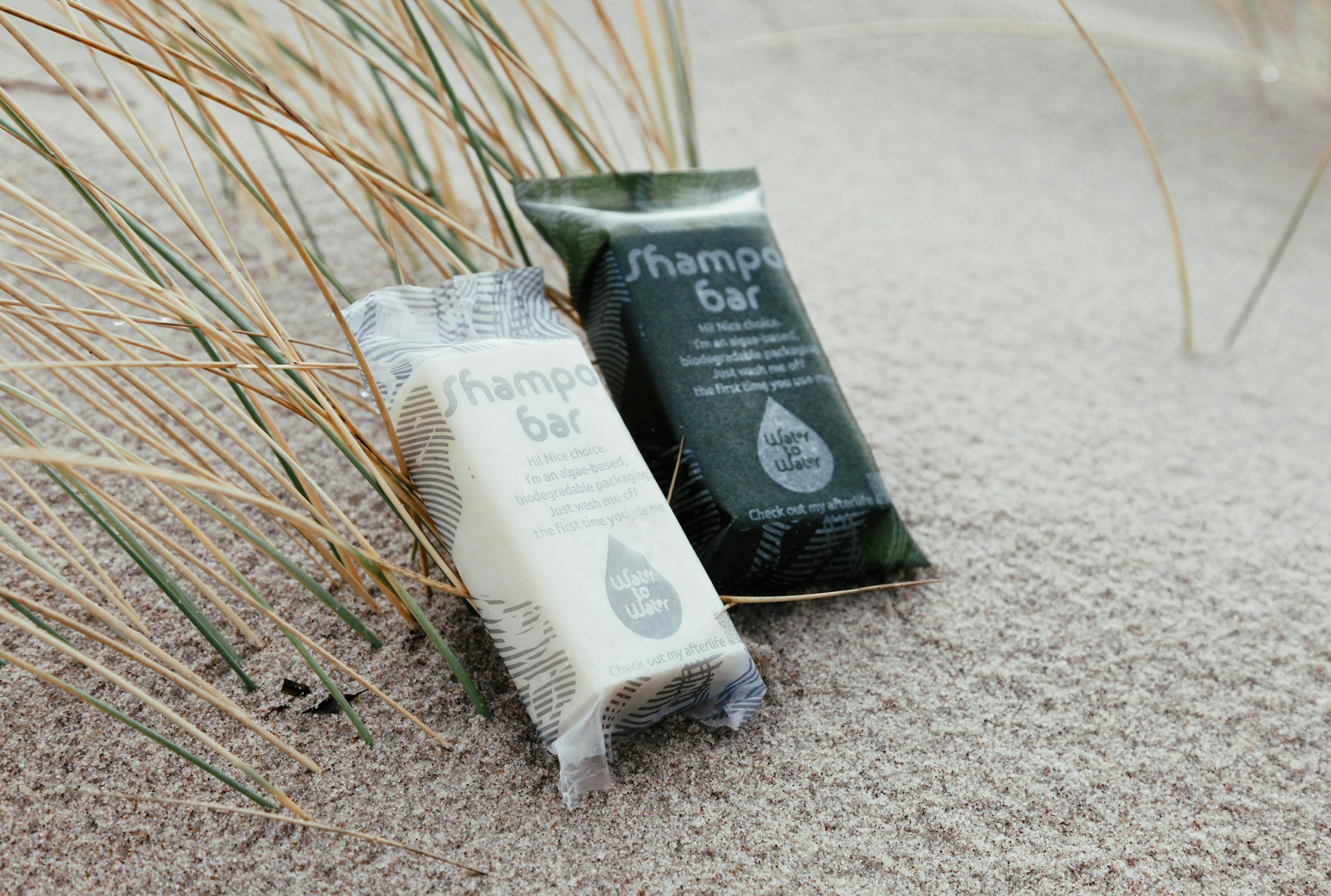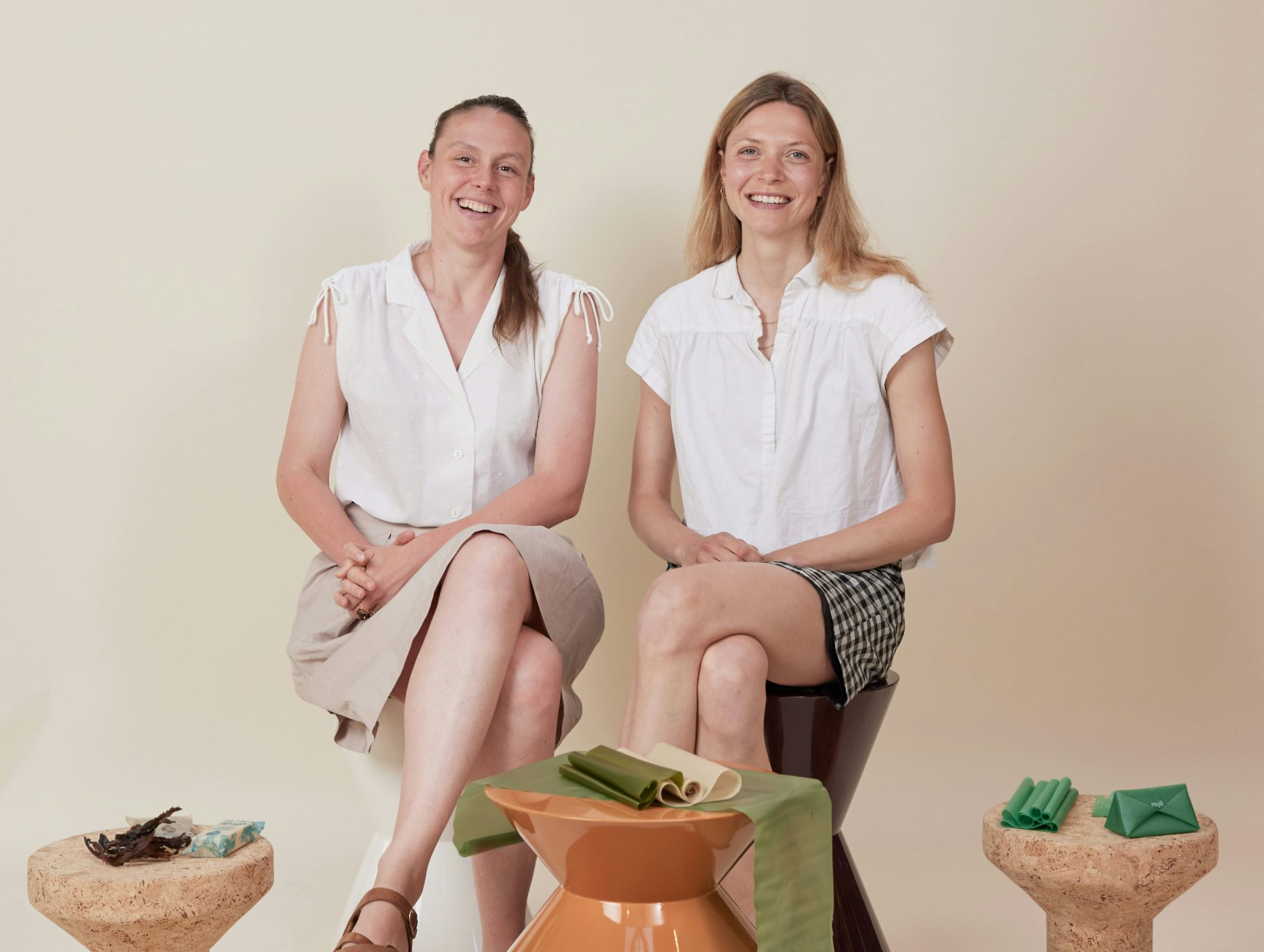
Mujō
Mujō’s co-founders Juni Neyenhuys and Annekathrin Grüneberg
How can we make sure that the materials of today do not become the waste of tomorrow? This is the idea behind mujō, a Berlin-based start-up that develops biodegradable packaging from seaweed. Specifically, mujō is making new materials out of kelp: a type of fast-growing seaweed that grows in underwater forests all around the world. Besides being renewable, kelp is also regenerative in that it actually supports the health of our oceans and marine ecosystems.
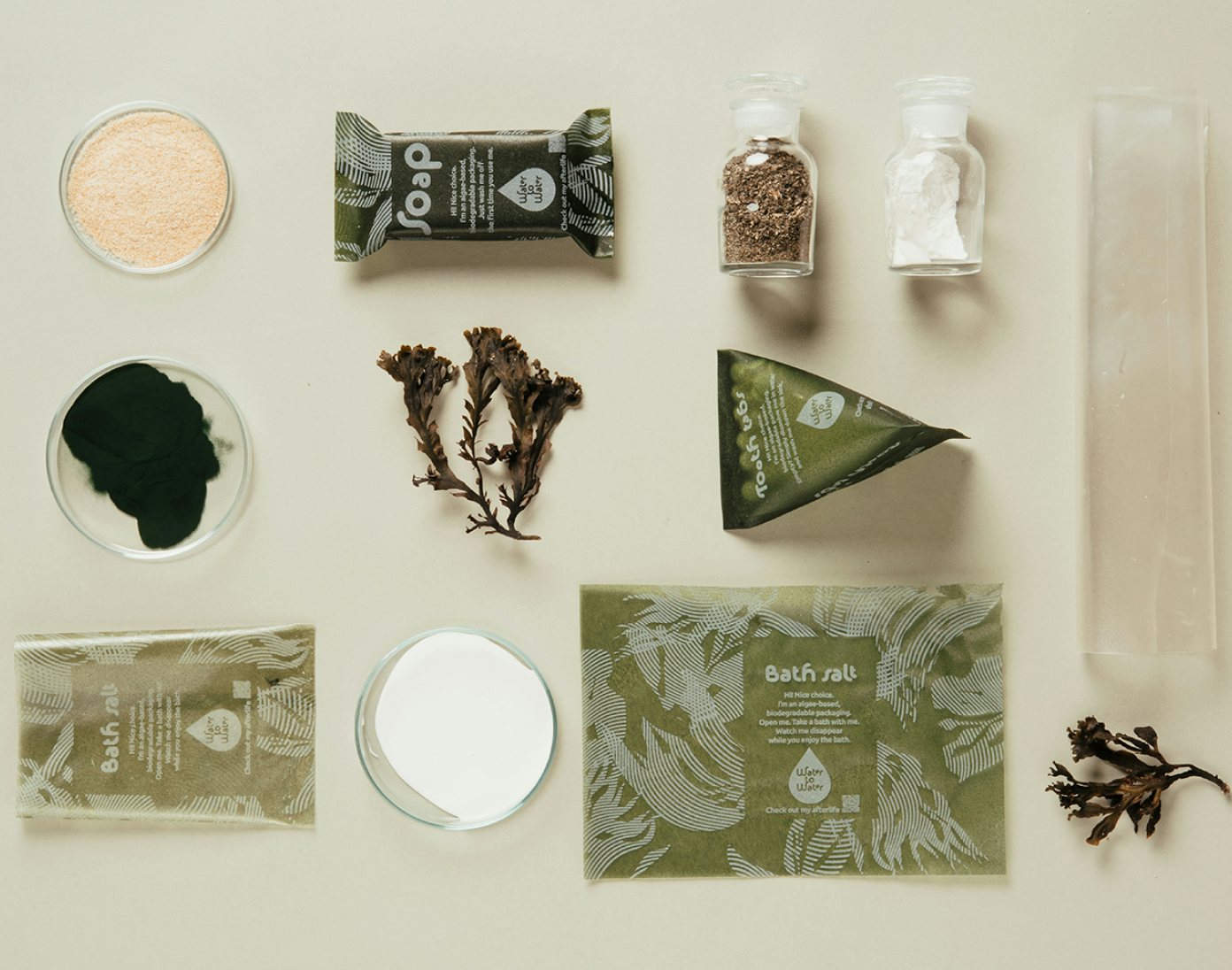

Photography: Anouk Moerman & Mujō
This makes it an exciting resource for the packaging industry, which is currently one of the largest drivers of plastic pollution. Single-use containers and bags make up a large part of the problem: around the world, we buy a million plastic bottles a minute and recycle less than 10% of what we throw away. This means the vast majority ends up in landfill, or leaking into nature, where it can take up to 1,000 years to decompose.
By bringing together design and science, mujō has found a way to deliver a beautiful, functional alternative to plastic that is as harmless to the environment as a fruit peel. To learn more about their story, we talked to mujō’s co-founders Juni Neyenhuys and Annekathrin Grüneberg. Here, we ask them 7 questions about the industry they’re trying to change, their choices and dilemmas as creative entrepreneurs and where they’re headed to next.
Tell us the story behind mujō! How did the idea first come about?
Juni: So, Anne and I actually met in 2018, during a university project. Anne was studying polymer physics at the technical university in Berlin and I was studying textile design together with our former co-founder Malu. At first, we were working on making a new type of yarn out of seaweed. And then in 2020, we realised there was a huge potential for these kinds of materials in the packaging market, which has a big problem with plastic pollution. That's why we said, okay, let's use this ability of seaweed—a material which can biodegrade really quickly—for the use case of packaging. This is how everything started.
Can you tell us a little bit about the industry you’re trying to change?
Anne: When it comes to packaging, the dominant materials on the market are glass, paper, plastic, metal. From these, the one that is causing the most severe pollution is plastic, because it does not biodegrade in nature. The other materials are less problematic, because they can erode with time. And even when they turn into smaller pieces they don't cause as much harm to the environment as plastic.
Unfortunately plastic has all these great properties: it’s super flexible, durable, you can form it in any way you want, and it’s cheaper than many other materials we have. Right now, we’re dealing with a kind of addiction to plastic, simply because it's so comfortable to use and it’s so hard to develop alternatives that perform in the same way.
Juni: To give you an idea of the numbers: the world currently produces 133 million tonnes of new plastic packaging every year. What’s also shocking is that studies have found that we as humans eat five grams of microplastic every week—the same amount as what’s in a credit card. So it's really everywhere.
This is also why recycling is not a great solution, because this technological cycle still exists in a biosphere. The problem with plastic is that it isn't food for any organism. And often, when things get recycled, the materials lose quality or are contaminated, so you can't use them again for food or cosmetic packaging. It also costs more to recycle than to buy virgin plastic.
How is mujō doing things differently in packaging?
Juni: Our bioplastic is made using polymers extracted from seaweed. Seaweed is a resource which can grow in salty waters all over the world. It naturally binds nutrients, it cleans the water, and it can even capture carbon dioxide from the atmosphere. But what makes it so interesting for material design is that it can be cultivated without the need for any additional water or agricultural land, unlike most bio-based materials.
At mujō we make materials using biopolymers extracted directly from seaweed. We don't modify it chemically, which means that it still is in a structure that nature knows how to process. This is an advantage because other bioplastics can only degrade in very specific, industrial settings.
One of our key design principles is that we only use ingredients that can become food for other organisms.
So mujō creates packaging that nature knows how to process. Can you tell us more about your solution? What does your product look like?
Our material has very diverse applications. In the lab, we can vary the recipe so that it has different characteristics in terms of how it looks, feels and functions. So for example, we can create a transparent film that is almost indistinguishable from regular, plastic cellophane. But we can also add all kinds of different fillers to modify the structure and colour.
Your material improves circularity without compromising functionality and aestethics. But making 100% sustainable choices is often difficult in practice. Have you had to make any hard decisions or trade-offs on other aspects of your product? How do you approach these dilemmas?
Anne: Yes, we’ve had to make many! For example, one of our key design principles is that we only use ingredients that can become food for other organisms. Because this is how nature designs its packaging as well. But by designing for this level of biodegradability, we have to consider how it affects its shelf-life. How do we make sure that the packaging is not eaten before the end of the product’s shelf-life, whenever that is? We try to design the best solution depending on the requirements for each application.
Another challenge we have has to do with the price of the raw materials, or alginate, that we use. We want to source it as locally as possible, to lower the impact of our supply chain and production. But we’ve found that European alginate is extremely expensive in comparison to alginate from China or India. This is something we’re still figuring out at the moment.
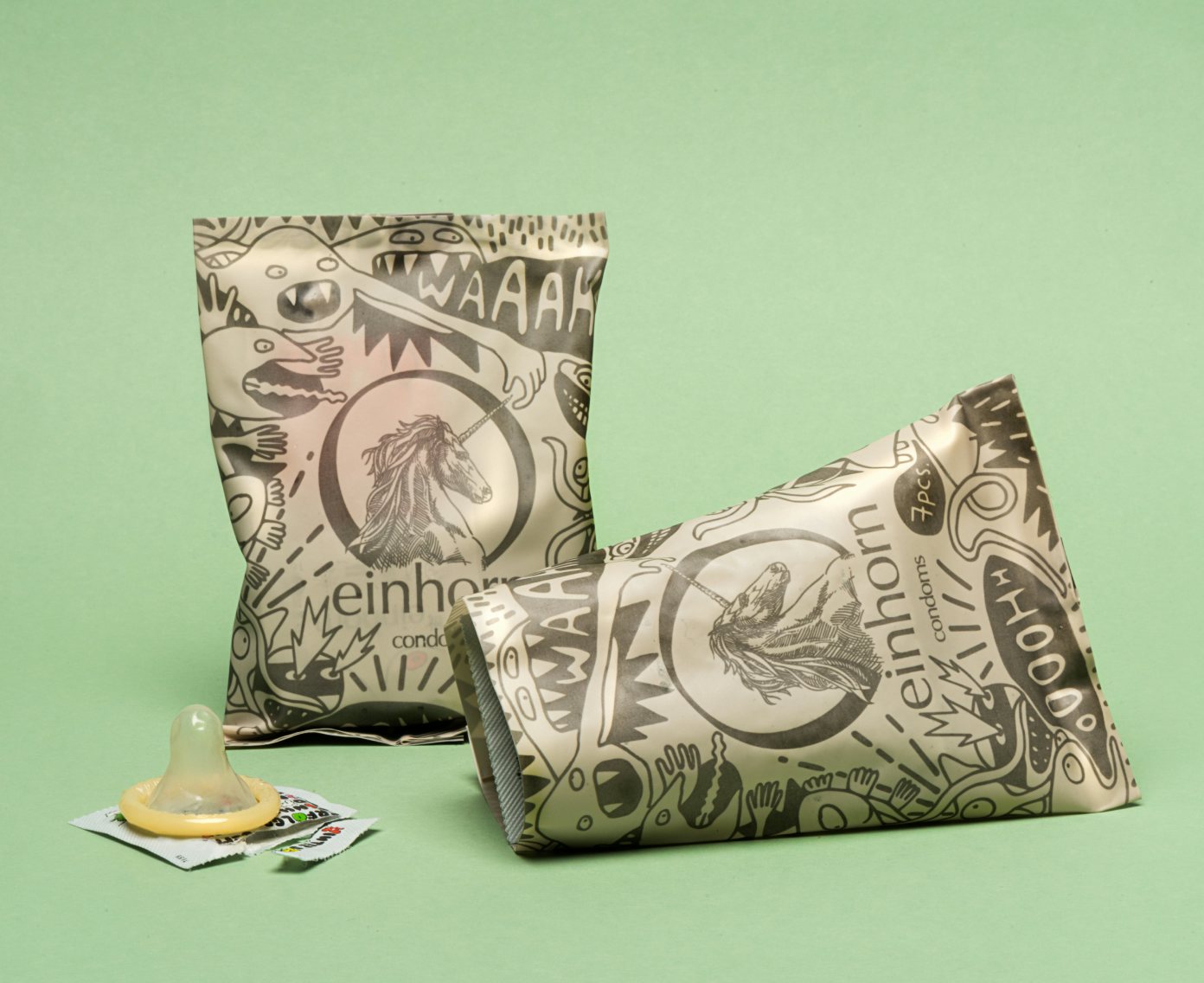
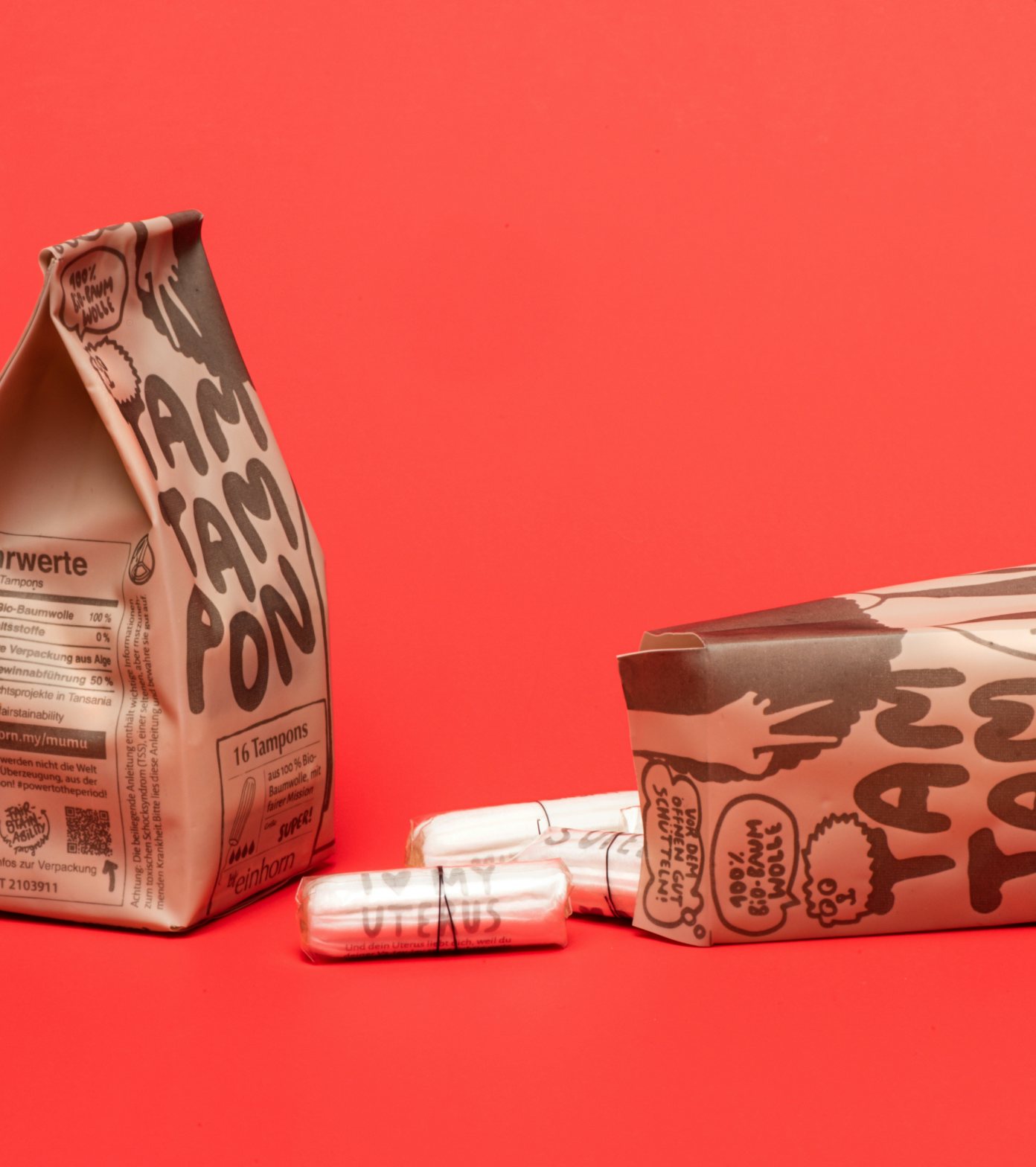
What is the next step for mujō — and what do you need to get there?
Anne: We hope that in five years, we’ll see our material being continuously produced and available in the supermarket. It’s our dream to overcome our technological and resource hurdles and to offer this option to consumers.
Part of the challenge is that our start-up is bridging three different industries. The first is the raw material and resources, with the seaweed industry being the new kid in town. Then the whole packaging production process, which is still adapting to the use of biopolymers. And then the end-of-life industries, which have to do with recycling and composting. So, we’re constantly working on gaining knowledge about all three steps to cover the complete value chain. This is why we hope to see more funding in these fields.
Lastly, what is the main message you want to share with both producers and consumers alike?
Juni: First, I think we need more close collaboration between farmers, manufacturers and composting facilities. That’s important to us: being open for collaboration and experimentation. We believe that in order to really change something, we all need to get one step closer to each other.
For us as consumers, I think it’s helpful to choose reusable packaging whenever you can. In Germany, there are many companies which let you rent the packaging from them, and when you return it, you can get your money back. This could be one action we all could take. And in other circumstances, where it's hard to act in this way, I would say try to really question the necessity of using any plastic and reducing the consumption of single use packaging in general. Which also means that maybe we don't need to buy the paprika, which isn't seasonal, and is wrapped in a kilo of plastic. All of this goes hand-in-hand with consuming local products.
And for all of us, keep an eye out for biodegradable options! It’s exciting to see that there are more and more seaweed-based innovations. As the saying goes: a rising sea lifts all boats.
More interviews
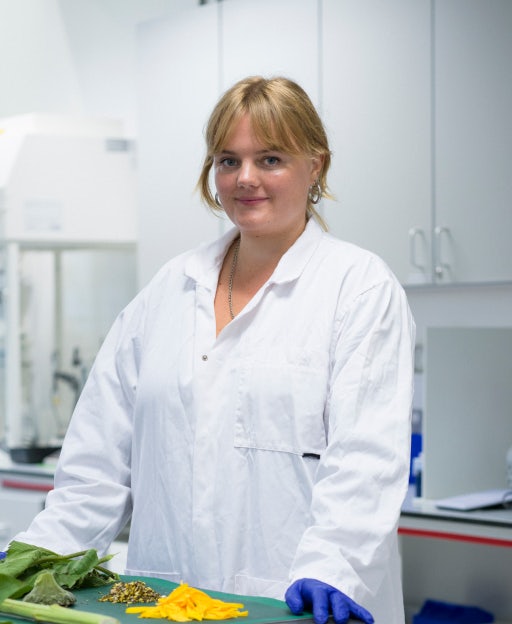
Secrid Talent Podium - ClimaFibre
Sunflowers can help to reduce our dependence and the environmental damage of cotton in the fashion industry.
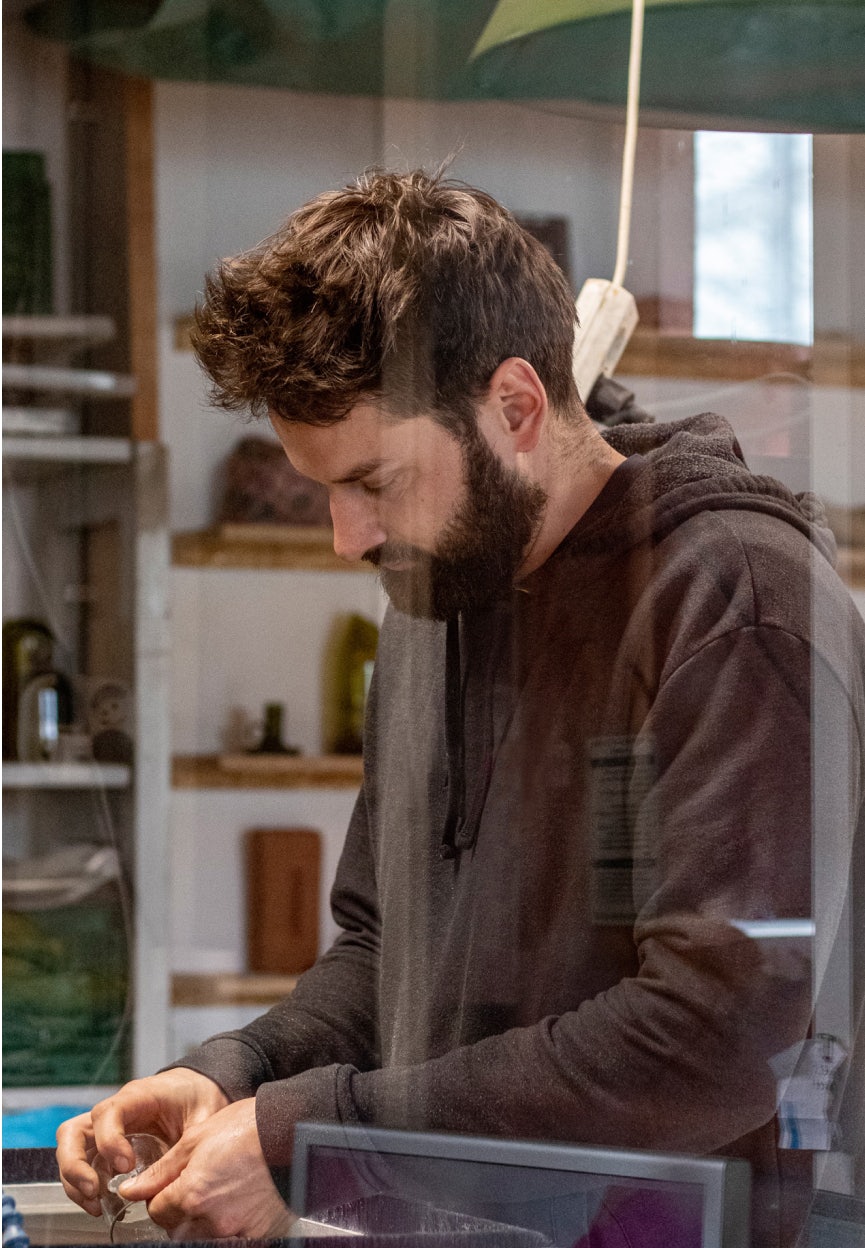
Secrid Talent Podium - Super Local
Luc van Hoeckel designs solutions for the 90% of the world's population without access to decent basic facilities.
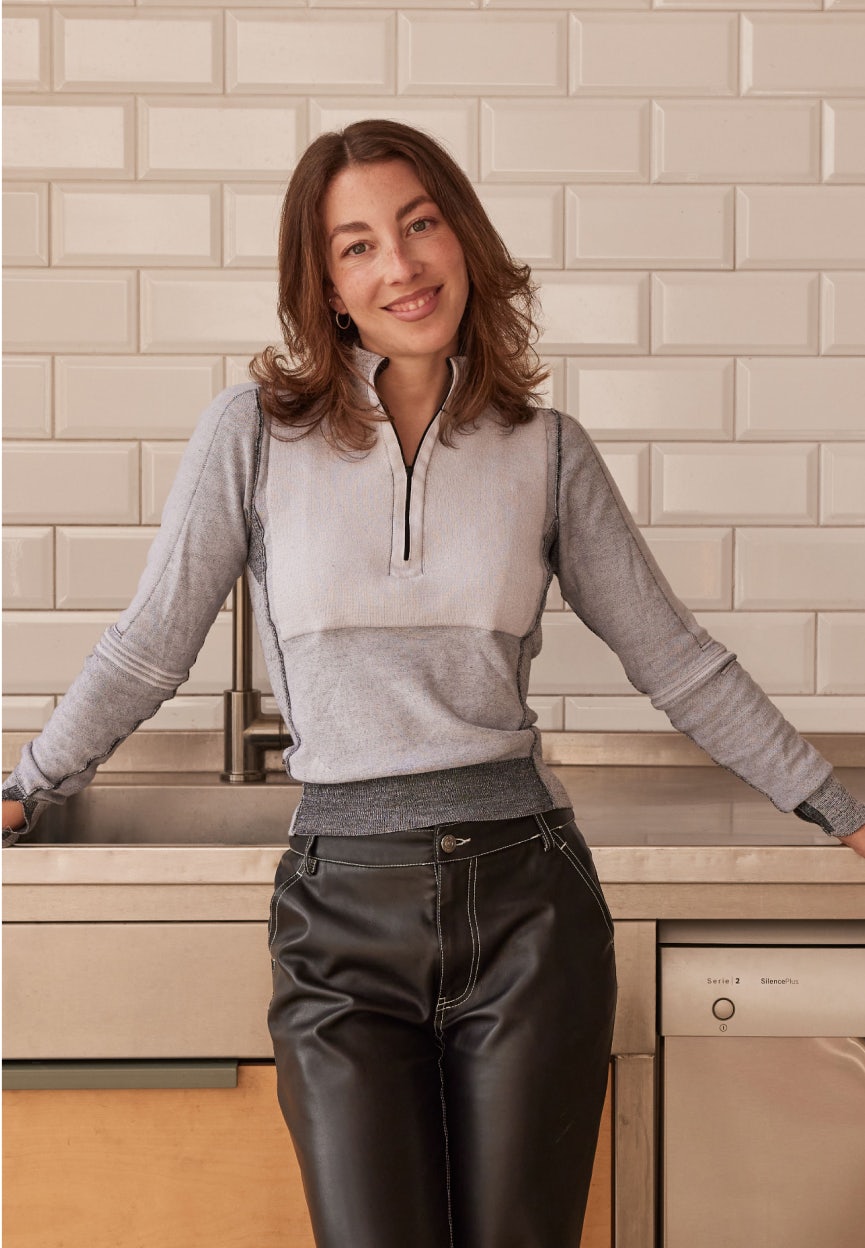
Secrid Talent Podium - Vorkoster
To combat food waste, Kimia Amir-Moazmi is working on a product that allows consumers to see for themselves whether food is still safe to eat.
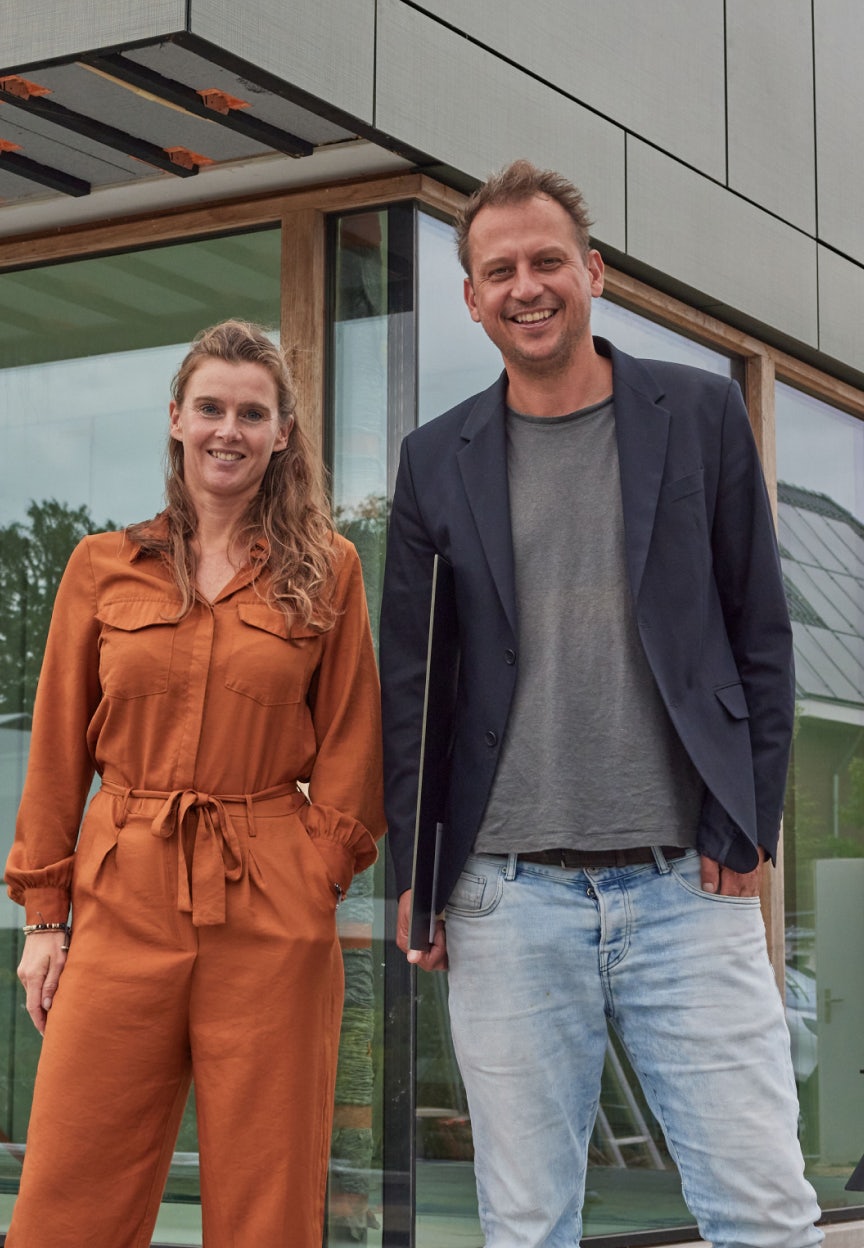
Secrid Talent Podium - Solarix
Solarix designs and produces aesthetic solar panels as façade cladding.
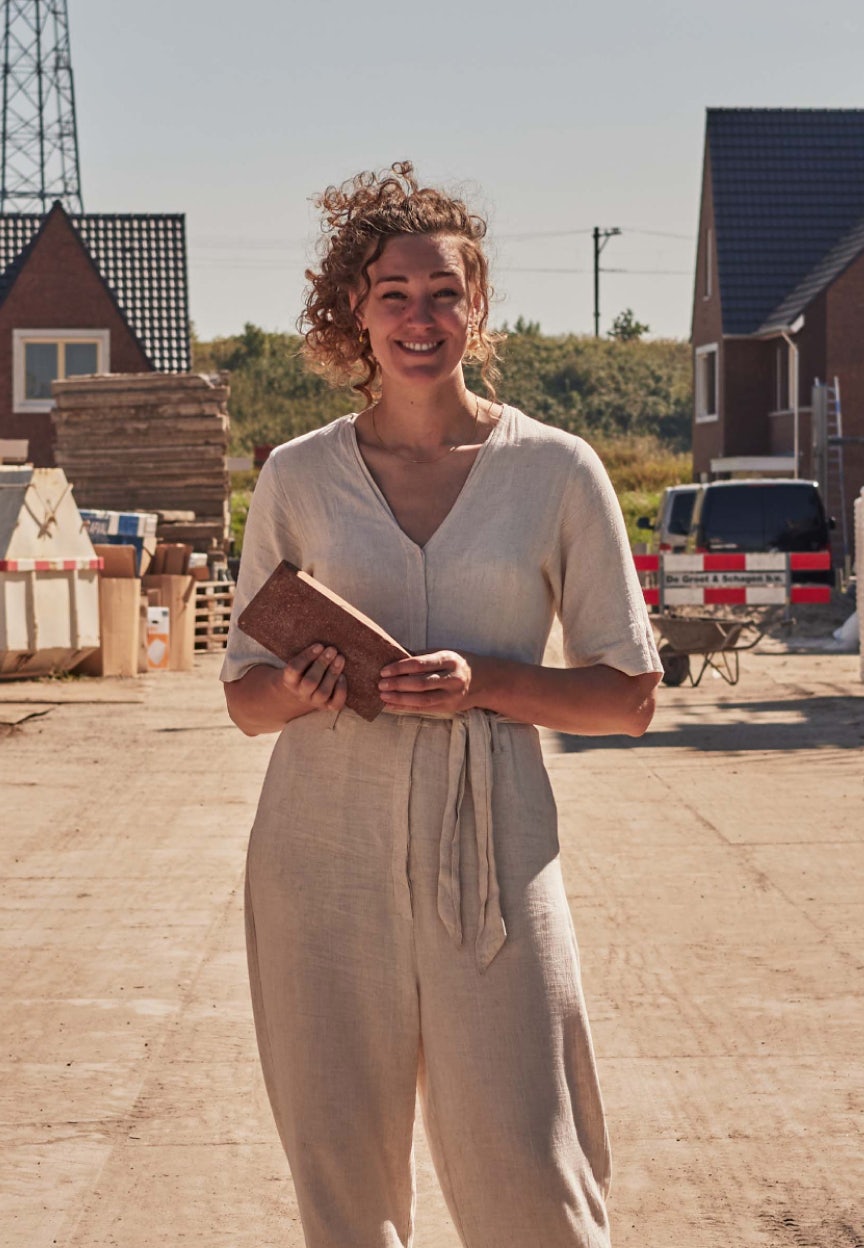
Secrid Talent Podium - Claybens
Emy Bensdorp is developing a technique to transform clay soil contaminated by PFAS into 100% clean bricks.
